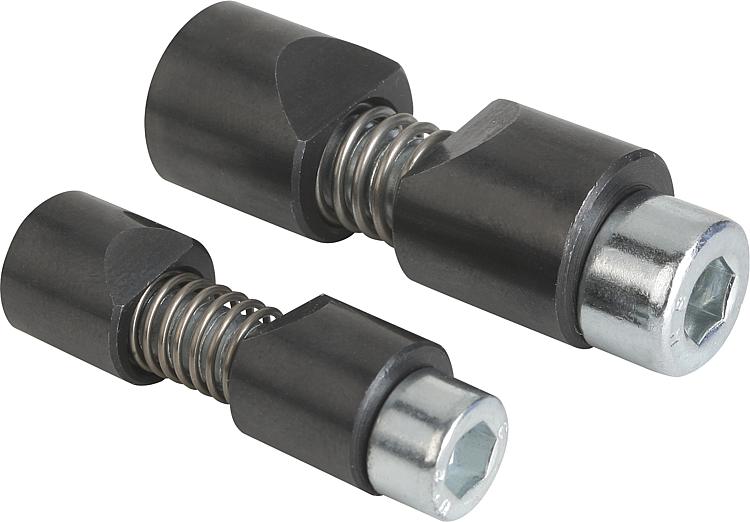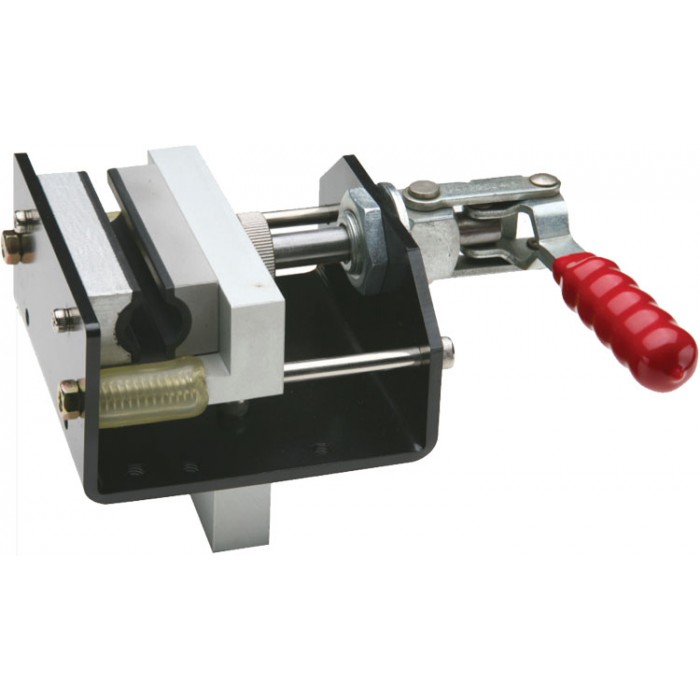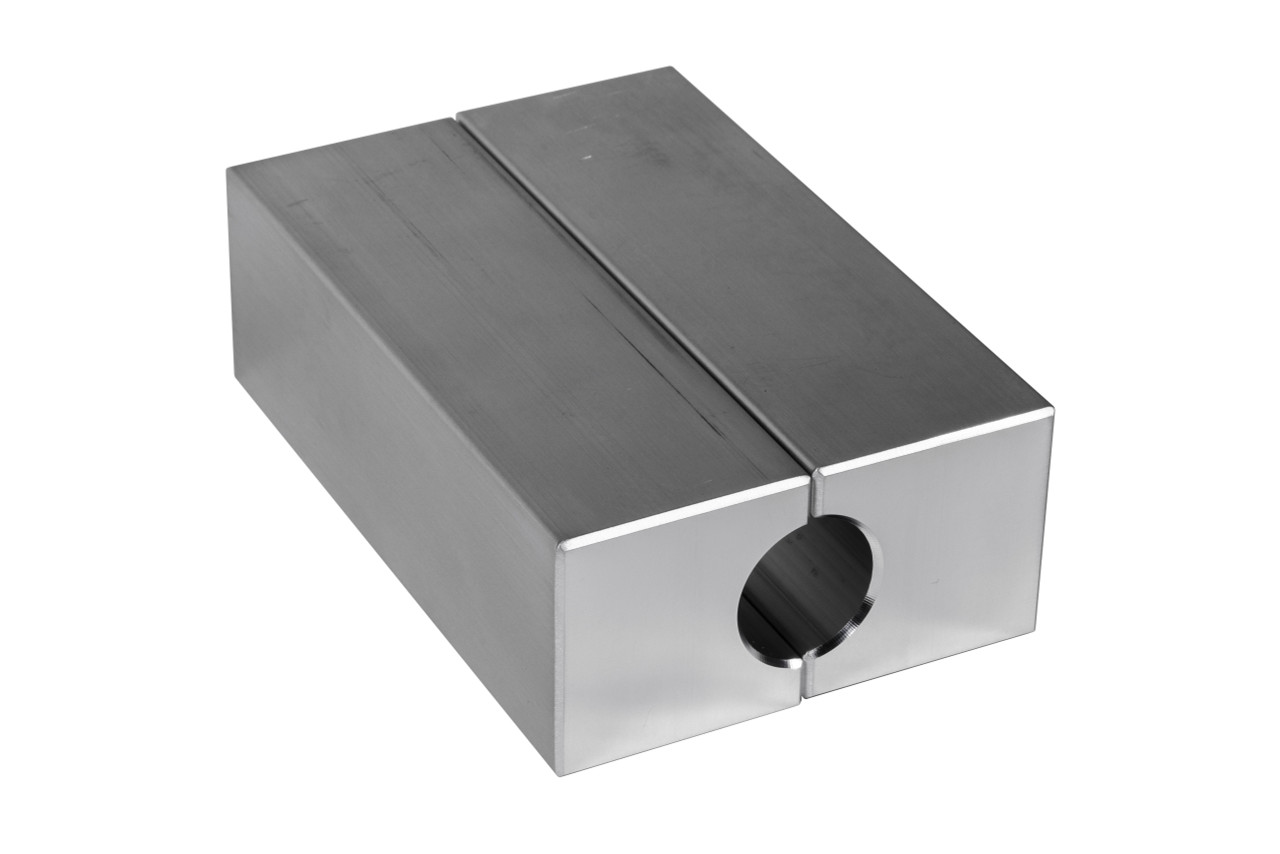Product Description
HangZhou Factory Custom Black Oxide Carbon Steel Clamp Collars Aluminum Split Ring Shaft Locking Collar For Machines and Bit
Basic Information :
| Tolerance | 0.02~0.1mm. |
| Materials | Low, middle,high carbon steel / spring steel / Stainless steel 201, 301, 304, 316 / Aluminum / Brass / Bronze / Copper / Titanium / Plastic (PP, Nylon, PVC, APET) Brass or ABS,POM Ect And Customized raw material. |
| Surface Finish | Heat treatment / Polishing,Electronic Polishing / (Zinc, nickel, chrome, tin, brass, glod, silver, titanium) Plating / Electrophoresis / Black Oxide / Hot-dip galvanizing / Powder Coating / Paint Coating / Blasting / Shot Blasting / Bead Basting / Anodizing / Phosphating / PAD Printing / Laser etching / Dacromet Coating / Enamel. |
| Payment terms | Trade Assurance TT,paypal,Western Union,alipay,L/C. |
| Packing Detail |
Inner Packing: PE bag / EPE Foam Packing / Anti-Rust Paper Packing / Blister / SMT / Vacuum Packing / Plastic Box Packing / Color Box Packing. Outter Packing: Stretch Film Packing / Carton / Pallet / Wood Case. |
Our Advantage
-
Provide OEM/ODM service and assembling service, since 2000.
- One-stop purchasing service :Stamping part, CNC lathe part, CNC milling part, Springs, Shafts, fastener etc.
- The 2ndtier supplier of , factory audits passed.
- Product certification: RoHS, HE, vailable.
- Management certification: ISO/9001: 2015 and IATF16949 Passed.
| After-sales Service: | Custom Service |
|---|---|
| Warranty: | Custom Service |
| Condition: | New |
| Certification: | RoHS, ISO9001 |
| Standard: | DIN |
| Customized: | Customized |
| Samples: |
US$ 50/Piece
1 Piece(Min.Order) | |
|---|
| Customization: |
Available
| Customized Request |
|---|

Are there tutorials available on selecting the right locking collar based on environmental conditions?
Yes, there are tutorials available that provide guidance on selecting the right locking collar based on environmental conditions. Choosing the appropriate locking collar for a specific environment is crucial to ensure optimal performance and longevity. Here’s an overview of the available tutorials that can help you in selecting the right locking collar based on environmental conditions:
- Manufacturer Websites:
- Engineering and Technical Blogs:
- Video Tutorials:
- Online Training Courses:
- Technical Webinars:
Locking collar manufacturers often provide tutorials or guides on their websites to assist customers in selecting the right product for specific environmental conditions. These tutorials may cover factors such as temperature, humidity, chemical exposure, and corrosion resistance. They may include charts, tables, or interactive tools that allow users to input their specific environmental parameters and receive recommendations on suitable locking collars.
Engineering and technical blogs are a valuable resource for finding tutorials on various aspects of mechanical components, including locking collars. These blogs may feature articles or step-by-step guides that discuss the considerations for selecting locking collars based on different environmental conditions. They may provide insights into the effects of environmental factors on locking collar performance and offer practical tips for making informed decisions.
Video tutorials on platforms like YouTube can be an engaging way to learn about selecting locking collars based on environmental conditions. Some manufacturers, industry experts, or engineering channels may have videos dedicated to this topic. These tutorials often include visual demonstrations, examples, and explanations that help users understand the impact of environmental factors and make appropriate locking collar choices.
Online training courses, particularly those focused on industrial components or mechanical engineering, may cover the topic of selecting locking collars based on environmental conditions. These courses provide structured learning materials, including tutorials, presentations, and quizzes, to help participants develop a deep understanding of the factors influencing locking collar selection. Some platforms offer free or paid courses that can be accessed at your convenience.
Locking collar manufacturers, industry associations, or engineering organizations occasionally organize webinars that address the topic of selecting locking collars in various environmental conditions. These webinars feature subject matter experts who share their knowledge, insights, and practical tips through presentations and interactive Q&A sessions. Participating in such webinars can provide valuable guidance on making informed locking collar choices.
When accessing tutorials on selecting the right locking collar based on environmental conditions, it’s important to ensure that the information is up-to-date, reliable, and applicable to your specific requirements. Consider the credibility of the source and cross-reference information from multiple tutorials to gain a comprehensive understanding.
By utilizing these tutorials, you can enhance your knowledge and decision-making process when it comes to selecting locking collars that can withstand and perform well in different environmental conditions. This will help ensure the durability, reliability, and safety of your locking collar applications.

Where can I find tutorials on the correct installation and removal of locking collars?
When it comes to finding tutorials on the correct installation and removal of locking collars, there are several resources you can explore. Here are some places where you can find helpful tutorials:
- Manufacturer’s Website:
- Online Video Platforms:
- Online Forums and Communities:
- Trade Publications and Magazines:
- Professional Training Courses:
Start by visiting the website of the locking collar manufacturer. Many manufacturers provide detailed installation and removal instructions for their products. Look for a “Resources,” “Support,” or “Technical Documentation” section on their website. They may have downloadable PDFs, videos, or step-by-step guides that demonstrate the proper procedures for installing and removing their locking collars.
Websites like YouTube or Vimeo are excellent sources for video tutorials. Search for keywords such as “locking collar installation” or “locking collar removal” to find relevant videos. Many industrial equipment suppliers, engineering channels, or technical experts create instructional videos that demonstrate the correct techniques for handling locking collars.
Participating in online forums or communities focused on mechanical components, engineering, or industrial applications can be a valuable resource. Engage with fellow professionals, ask questions, and seek advice on proper installation and removal techniques for locking collars. Industry experts and experienced users often share their knowledge and provide guidance on best practices.
Industry-specific trade publications or magazines may feature articles or guides on the installation and removal of locking collars. Check if there are any reputable publications related to mechanical engineering, industrial equipment, or maintenance. They often provide in-depth tutorials, tips, and real-world case studies that can help you understand the correct procedures.
If you require comprehensive and hands-on training, consider attending professional training courses or workshops related to mechanical components or industrial maintenance. These courses may cover topics such as proper installation techniques, removal methods, and maintenance practices for locking collars. Check with local technical institutes, vocational schools, or industry associations for any relevant courses or workshops being offered.
When accessing tutorials or instructional materials, ensure that you refer to reliable and reputable sources. Always follow the manufacturer’s guidelines and recommendations specific to the locking collar you are using, as different products may have unique installation and removal requirements.
By utilizing these resources, you can find tutorials and guides that will help you understand the correct procedures for installing and removing locking collars, ensuring proper usage and maintenance of these components.

Can you recommend locking collars suitable for applications with high torque and vibration?
When it comes to applications with high torque and vibration, it is crucial to choose locking collars that are specifically designed to withstand these demanding conditions. Here are some recommendations for locking collars suitable for such applications:
- Split Collars: Split collars are designed with a cut along their circumference, allowing them to clamp tightly onto the shaft. This design provides excellent holding power, even in applications with high torque and vibration. Split collars distribute the clamping force more evenly, reducing the risk of slippage or damage to the shaft.
- Double Split Collars: Double split collars, also known as two-piece collars, have two cuts along their circumference, creating even greater clamping force and resistance to torque and vibration. The double split design enhances the collar’s ability to grip the shaft tightly, minimizing the chances of loosening or shifting under high load conditions.
- Threaded Collars: Threaded collars feature internal threads that allow for a more secure and adjustable fit. These collars can be tightened by rotating them along the shaft, providing a reliable grip and resistance to torque and vibration. Threaded collars often incorporate locking mechanisms such as set screws or clamping arms to enhance their holding power.
- Ratcheting Collars: Ratcheting collars are designed with teeth or serrations on the inner surface that engage with corresponding teeth on the shaft. This mechanism creates a ratcheting action, preventing the collar from slipping or rotating under high torque or vibration. Ratcheting collars offer excellent holding power and are commonly used in applications requiring precise positioning and resistance to loosening.
- Adhesive-Lined Collars: Adhesive-lined collars utilize an adhesive layer on the inner surface, enhancing their grip and resistance to vibration. The adhesive forms a bond between the collar and the shaft, providing additional security and preventing movement or loosening. These collars are particularly effective in high vibration applications where other types of collars may struggle to maintain their grip.
- Locking Collars with Damping Features: Some locking collars are designed with built-in damping features or materials that help absorb and dissipate vibration energy. These collars can effectively reduce the transmission of vibrations to other components, minimizing the risk of loosening or damage. They are suitable for applications where vibration control is a critical requirement.
When selecting locking collars for high torque and vibration applications, consider factors such as the specific torque and vibration levels, the material and surface finish of the shaft, the environmental conditions, and any additional requirements of the application. Consulting with industry experts or suppliers specializing in locking collars can provide further guidance and ensure that you choose the most suitable option for your specific needs.


editor by CX 2023-11-02
